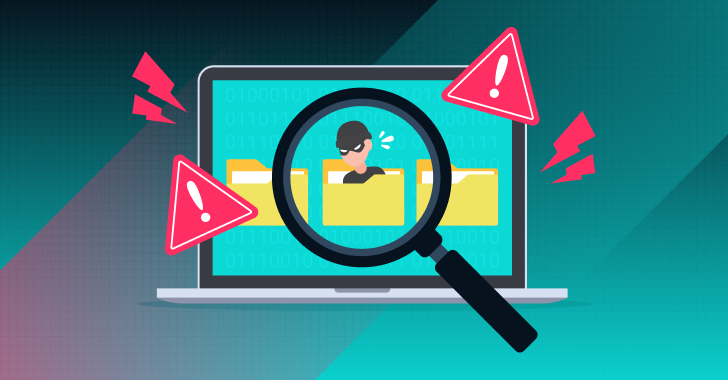“SaaS applications have native security controls as part of their offering which makes them security products themselves — that security teams now need to manage”.
Asserted by Adaptive Shield’s CEO, Maor Bin partnered with Okta’s VP of Strategy, Stephen Lee in the Security Boulevard Webinar: SaaS Security Trends, Challenges, and Solutions for 2022. This joint webinar discusses the struggles that security professionals face today and how organizations can address the risks stemming from key attack areas. This blog highlights some of the dialogue between these two industry thought leaders.
(For the whole webinar, click here.)
Every App is a World Unto Itself
Organizations use dozens to hundreds of apps throughout different departments and with each app comes a sea of configurations to set and secure, not once but constantly. Over time, apps have updates and new security settings or new users with different permissions levels to add or adjust. Security teams need to invest many resources to continuously be on the lookout for misconfigurations and quickly remediate them.
The challenge of managing configurations goes beyond the sheer volume to the intricacies of understanding each app.
Stephen Lee: “If you look at the SaaS applications out there and you go to that security tab or that user management tab – they all look different. Sometimes, you almost have to be that specific app expert to be able to know what to do.”
Maor Bin: “That's one of the reasons for the challenge of securing your SaaS estate – you have so many applications and each one is different from the other one.”
Different apps may have the same or similar security settings but the names of these settings and how to access them can differ vastly. Security teams who are trying to manually secure each configuration have to be an expert on every single app to secure them, which is a far from realistic request.
SaaS-to-SaaS (Third-Party App) Access
Stephen Lee: “One beautiful thing about SaaS applications is that it's very easy to integrate with them. [However] once you've shared the power with the downstream applications or clients that are talking to it and then it all becomes ‘who is the weakest link?’ and that becomes a potential security hole.”
SaaS-to-SaaS access has become a balance between the convenience of having end users be able to easily integrate and use these applications (that boost productivity and remote work) and the ability for security teams to have the necessary visibility to secure and monitor these apps.
The risks from SaaS-to-SaaS app access stem from the connection process; the app requests permissions in the user’s workspace and oftentimes, the app is asking for high-risk permissions (the app could also be malicious itself, unbeknownst to the user). Typically defined as allowing an app to gain access to user data (e.g. read/write permissions and more), high-risk permissions, and any unknown app, should only be granted access after the secure team has been able to fully vet it and have a system in place to monitor it.
The 2022 SaaS Security Survey Report demonstrates just how prevalent of a concern 3rd party app access is for today’s CISOs and security professionals.

Device-to-SaaS User Risk
Maor Bin: “The challenge is not only misconfigurations and native security controls within SaaS applications but what actually happens after you login, what happens within your device…and get a better understanding of what's going on with your users. So for example: if you see you have a Office 365 admin and this user has 3 critical vulnerabilities on their device, it’s obviously a huge problem because this isn't just a regular SaaS user accessing the SaaS applications but it's an admin with privileged roles.”
When individuals with advanced privilege levels use devices that are unsecured, they expand the attack surface with what amounts to an open gateway.
With today's modern workforce working from home, cafes, or even abroad, security teams need to secure all the devices the employees are using. Personal devices are vulnerable to data theft and can inadvertently pass on malware that was downloaded for personal use into the organization’s environment. Lost or stolen devices can also provide a gateway for criminals to access the network.
How to Secure the SaaS Attack Surface
Stephen Lee: “You can hire the best IT folks and you can hire the best app admins, the best Security Experts… but things do happen. I think it’s not about how to prevent it from happening; I think it’s a lot about mitigation, mitigating the risk…This is relevant to not just a small company with 50 people all the way up to large Enterprises.”
“There's a lot of stuff happening outside of what Okta is able to manage…For us, I’m excited to see how Adaptive Shield can help solve these problems.”
In order to cover the many attack surfaces of SaaS apps, an SSPM solution can enable security teams to gain control of the core misconfiguration management use case; and go beyond to the added layers of SaaS-to-SaaS access, device-to-SaaS user risk, and identity and access management governance.
If you’d like to learn more, contact one of our experts here.
About the writer






.webp)









